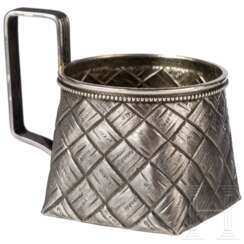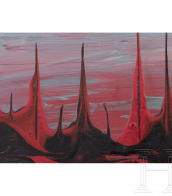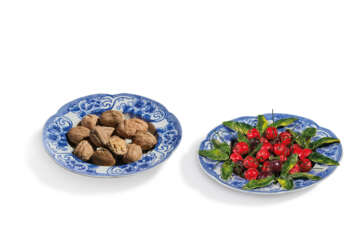trompe-l’œil









Piero Fornasetti was an Italian artist and designer.


Jacob Biltius or Jacobus Biltius was a Dutch still life painter originally from The Hague who worked in various places including The Hague, Amsterdam, Maastricht, Antwerp, Leeuwarden and Bergen op Zoom. He was known for his game still lifes, kitchen still lifes and trompe-l'œil still lifes.
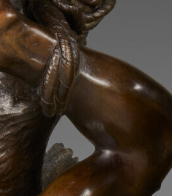

Edwaert Collier or Evert Colye was a Dutch painter of the Golden Age.
He became known for his vanitas still lifes and trompe-l'oeil paintings.



Anthonius Leemans or Antonie Leemans was a Dutch painter of the Golden Age.
He is the elder brother of the painter Johannes Leemans (1833-1688). Like his brother, Antonie Leemans painted trompe l'oeil, but also mainly on subjects related to hunting. He created still-lifes with hunting trophies and ammunition, and depicted hunters with dogs in camp.


Anthonius Leemans or Antonie Leemans was a Dutch painter of the Golden Age.
He is the elder brother of the painter Johannes Leemans (1833-1688). Like his brother, Antonie Leemans painted trompe l'oeil, but also mainly on subjects related to hunting. He created still-lifes with hunting trophies and ammunition, and depicted hunters with dogs in camp.


Jean Siméon Chardin was an 18th-century French painter. He is considered a master of still life, and is also noted for his genre paintings which depict kitchen maids, children, and domestic activities. Carefully balanced composition, soft diffusion of light, and granular impasto characterize his work.


Jacob Biltius or Jacobus Biltius was a Dutch still life painter originally from The Hague who worked in various places including The Hague, Amsterdam, Maastricht, Antwerp, Leeuwarden and Bergen op Zoom. He was known for his game still lifes, kitchen still lifes and trompe-l'œil still lifes.
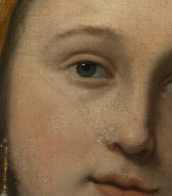

Gino Severini was an Italian painter and a prominent figure in the Futurist movement, known for his dynamic interpretation of movement and light in his artworks. Born in Cortona, Italy, in 1883, Severini moved to Paris in 1906, where he became deeply involved in the avant-garde scene, mingling with leading artists and embracing the vibrant cultural milieu of the city. His work often depicted lively urban scenes, dancers, and the energetic pace of modern life, distinguishing him within the Futurist movement for his unique focus on human figures and lively settings rather than the mechanical world.
Gino Severini's style evolved significantly over the years, moving from Futurism to incorporating elements of Cubism and later adopting a more classical approach in his art. After World War I, he aligned with the "return to order" movement, focusing on classical harmony and balance, which is evident in works like "The Two Pulchinellas." His later years saw him exploring various media, including mosaics and frescoes, contributing significantly to modern mosaic art and earning him the title "Father of Modern Mosaic."
Gino Severini's works are showcased in prestigious galleries worldwide, including the Museum of Modern Art (MoMA) in New York, where his influence on 20th-century art is celebrated. His contributions to art theory, his exploration across different art forms, and his ability to capture the essence of his time make Severini a fascinating subject for art collectors and experts alike.
For those interested in the evolution of modern art and the interplay between different artistic movements, Severini's work offers a compelling study of creativity and innovation. If you are intrigued by Gino Severini's contributions to the art world and wish to stay informed about upcoming sales and auction events related to his works, consider signing up for updates to deepen your knowledge and appreciation of this pivotal artist.


Jacques Callot was a baroque printmaker and draftsman from the Duchy of Lorraine (an independent state on the north-eastern border of France, southwestern border of Germany and overlapping the southern Netherlands). He is an important person in the development of the old master print. He made more than 1,400 etchings that chronicled the life of his period, featuring soldiers, clowns, drunkards, Gypsies, beggars, as well as court life. He also etched many religious and military images, and many prints featured extensive landscapes in their background.




